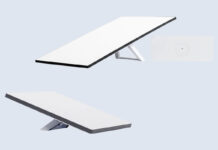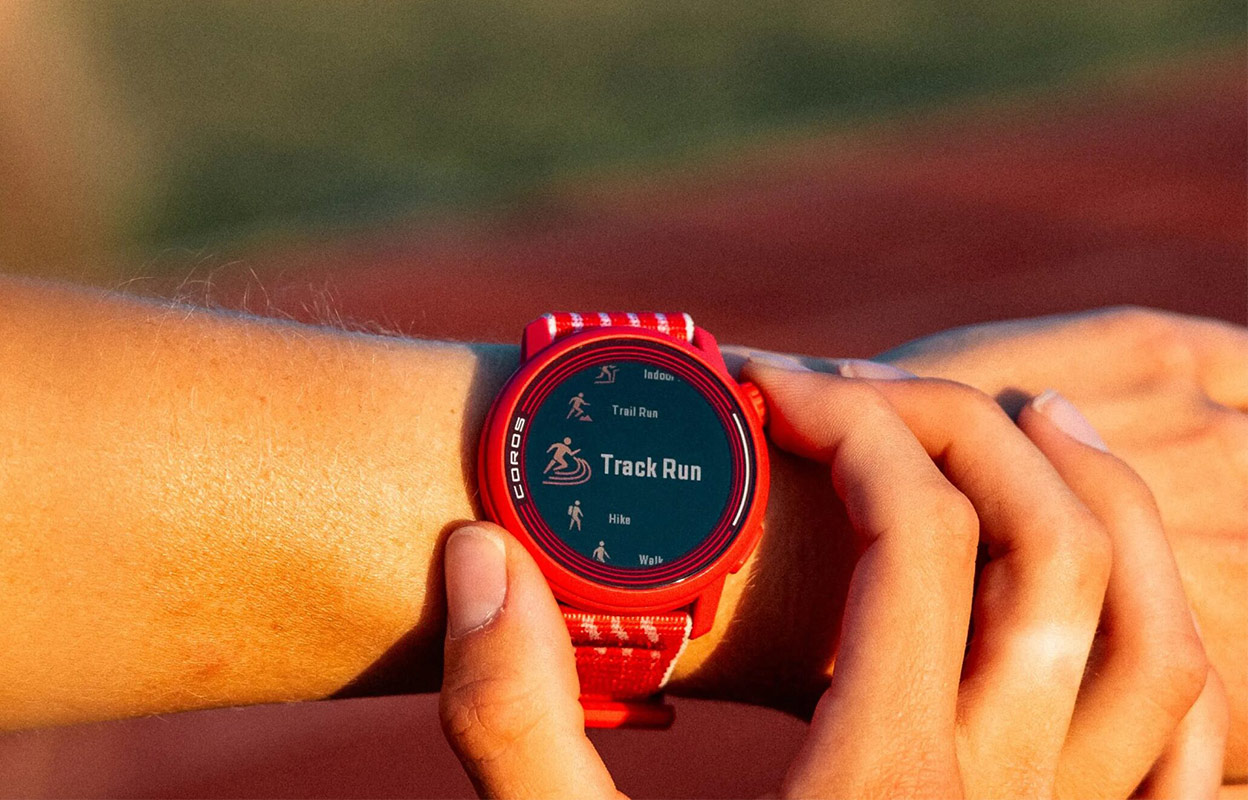
Running watches are built differently from traditional smartwatches—they provide key insights into your fitness and performance. While smartwatches are great for general health tracking, running watches are specifically designed with features that cater to runners’ needs. There are various types of running watches, each focused on different goals, such as improving endurance, pacing, or reaching specific time targets.
Choosing the right running watch is key to tracking progress, training effectively, and ensuring proper recovery while avoiding overexertion. In this guide, I’ll walk you through how to choose a running watch, including key factors to consider, runner-specific needs, and recommendations.
Why a running watch is essential
First, let’s consider why you should look at a running watch over a basic smartwatch. A running watch does much more than simply track your steps. It enhances performance, helps you monitor your progress, and ensures that your recovery stays on track. This is accomplished through features like continuous heart rate monitoring (with high and low heart rate alerts), GPS tracking for route and distance, and historical data. It also provides training insights like calorie burn, exertion, pace, and cadence. A running watch is more than just a fitness tracker; it acts as your personal coach, helping you train smarter and achieve your goals.
Key features to consider in a running watch
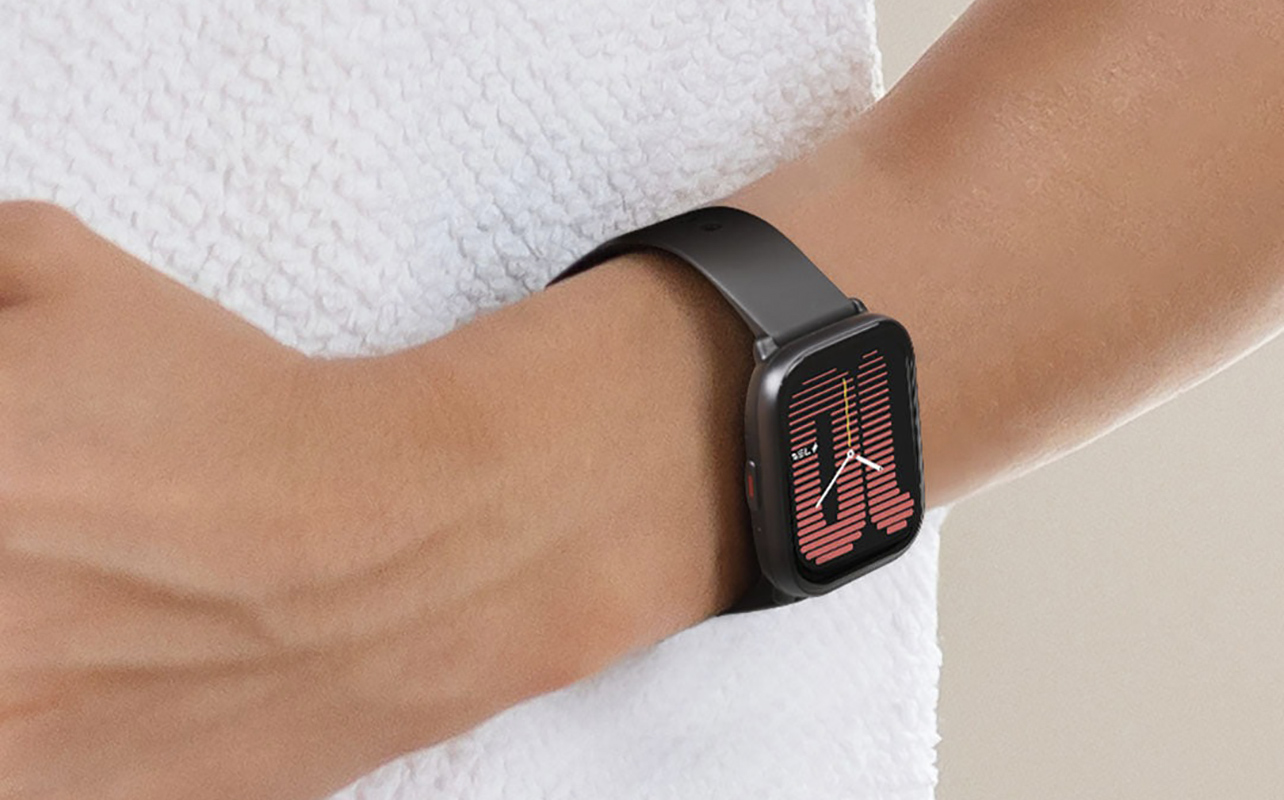
There are a few key things to consider before deciding which running watch is best for you.
GPS and navigation
GPS is an essential feature for running watches. There are two types: built-in and connected. With connected GPS, the smartwatch must be connected to a smartphone. With built-in, the watch can track your location and route (yes, even without a cellular connection) and sync this with your phone once you’re back home. Naturally, built-in GPS is preferred for runners.
GPS data tracks distance, pace, and route. If you’re training for a 5K, for example, you want to be able to confirm the length of your runs, pace, and the time it takes you to complete it. Having the route tracked makes it easy to replicate and see where and when you slowed down or sped up or reached certain heart rate zones. You can also see things like hilly roads to account for slowdowns.
More advanced trail runners will want a running watch that goes beyond that with additional features. Breadcrumb trails, for example, allow you to drop virtual pins along an unfamiliar or twisty route. Some have built-in or downloadable topographical maps so you can access the route right on the watch screen and follow along with the directions.
Heart rate monitoring
When you do any exercise, your heart begins pumping faster and faster, entering into different heart rate zones. You should spend a certain amount of time in each heart rate zone to get the most out of it and improve your overall cardiovascular health. This can in turn help you improve running performance. A good running watch calculates maximum heart rate based on your age and adjusts training zones accordingly. It will advise when you enter each zone so you can use this as a guide. This could be to help you better pace yourself for a longer run, speed up for shorter runs, or even alert you to slow down if your heart rate is in zone four or five for too long.
For the most accurate heart rate measurements, purists will tell you to add a heart rate monitor chest strap to the mix. But smartwatches are better today than ever at tracking thanks to more advanced sensors. They are convenient and can, of course, be worn 24/7 to capture data like resting heart rate and high and/or low heart rate alerts. But if you’re training seriously, it wouldn’t hurt to complement your smartwatch with a chest strap heart rate monitor during your runs.
Battery life
With any smartwatch, using GPS drains the battery more quickly, so it’s important to find a running watch with good battery life. If you’re a casual runner, this might not matter as much. But for those running marathons or on trails, check not only battery life in regular mode but with GPS as well. You might even want to consider a smartwatch with solar power as a backup option.
Some running watches have a GPS-only mode that shuts down all other functions, like notifications, and only tracks your run and location. This helps conserve battery life. Conversely, you can use an extended battery life mode in some smartwatches that turns off features like the always-on display, Wi-Fi, and GPS to track a run just to get the basic metrics in a pinch.
Along with battery life in general, consider charging time. Fast charging smartwatches can get you up and running for an entire extra day after just a 10-15-minute charge. This can be useful for an impromptu lunch time run, or if you realize your watch needs charging right when you’re about to head out the door.
Durability and water resistance
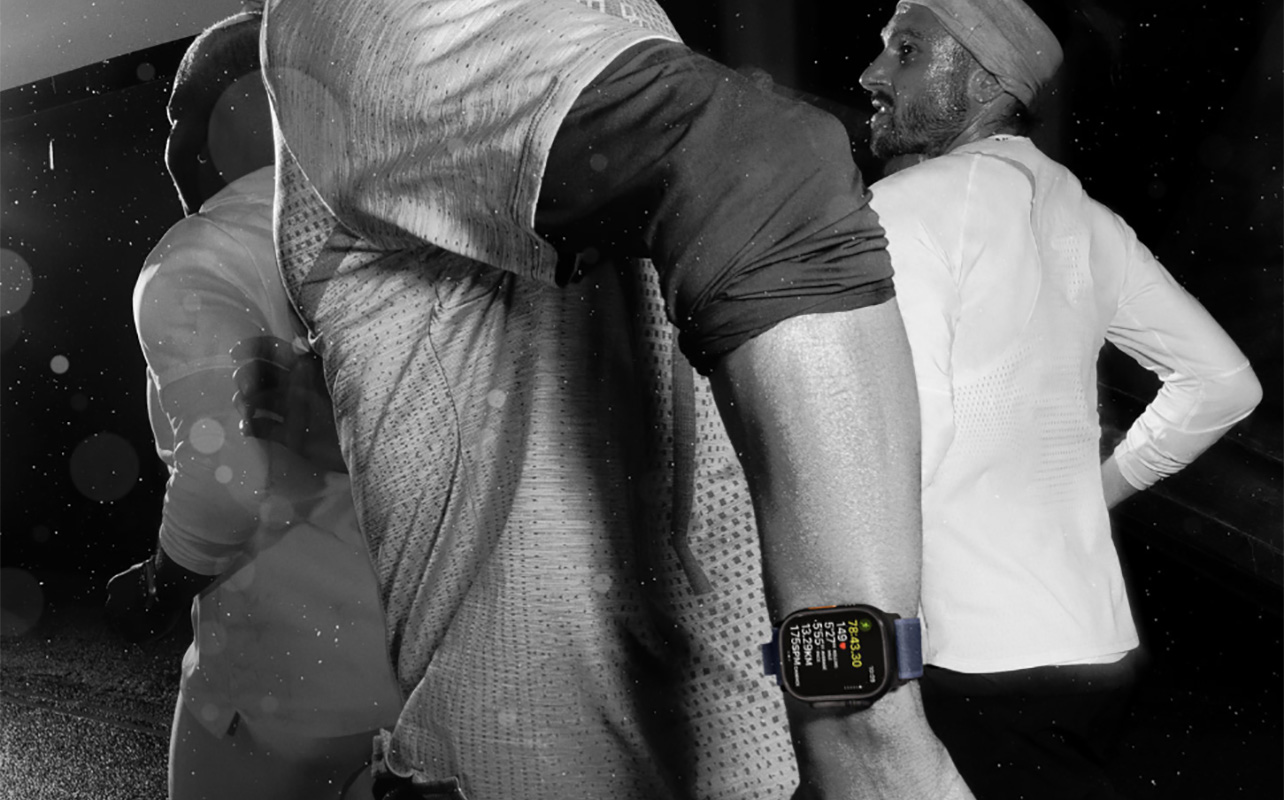
If you live in or often travel to spots with inclement weather—whether it’s high humidity, freezing cold, rain, or snow—your smartwatch should be rugged and durable. This is especially important for trail runners. Look for watches made with tough materials like titanium and durable glass that protect the face.
Additionally, opt for a smartwatch with both a 5ATM and IP68 rating, along with military-grade durability. The 5ATM rating means the watch can withstand depths of up to 50 metres of water, so you can safely shower, swim, or run in the rain without worry. The IP68 rating, meanwhile, further confirms that it can be submerged in water and is resistant to dust, offering extra protection in tough conditions.
Performance metrics
Running smartwatches track a range of metrics. Casual runners may only need basic data like time, pace, route, and heart rate zones. However, serious runners will benefit from more advanced metrics that offer deeper insights into performance.
For example, running dynamics—such as cadence, stride length, and ground contact time—are crucial for understanding your running form and efficiency. Cadence and stride length can help you optimize your technique, reduce the risk of injury, and improve your overall pace. Ground contact time, which measures how long your foot stays on the ground, is another valuable metric that indicates running efficiency.
Other key metrics include VO2 Max, which helps you track your aerobic fitness and adjust your training to improve endurance, and lactate threshold, which shows when lactate builds up in the blood, causing fatigue. Understanding it helps you train at the right intensity to improve endurance and delay fatigue.
Recovery insights are also useful for any type of runner, helping you determine how well your body recovers and how other factors play into your readiness, like exertion and sleep.
Connectivity and smart features
Many runners use third-party running apps, like Strava, Runkeeper, or Nike Run Club. Some running watches can sync their apps, like Garmin Connect and Apple Health, with these so you can track a run with those apps and even view all the data in once place.
Some smartwatches also offer call and text notifications, which is helpful if you need to stay available for important calls during your run. Additionally, safety features such as live tracking, SOS mode, and fall detection are great for runners, especially those who run early in the morning or late at night.
Built-in storage for music or access to music streaming services like Spotify allows you to play tunes directly from your watch. If you have a watch with a cellular connection and plan, you can even leave your phone at home and stream to your heart’s content from a compatible service.
Understanding your running style

Your specific running style will influence the type of running watch that’s best for you.
Casual runners
Since you won’t need all the most demanding metrics, focus on a running watch for beginners that’s easy to use, affordable, and offers basic features like running workouts, distance, pace, and speed tracking.
Marathon/Long-distance runners
If you like doing a 5K or 10K every morning, or you’re training for longer races, good battery life is key. Tracking a workout for a long period of time and using GPS will drain a smartwatch’s battery, so look for one that offers extended life. You will also appreciate advanced analytics that track pacing, endurance, and stride, that will help you improve over time.
Trail runners
Look for a rugged watch that can withstand inclement weather like rain, brushes against branches and trees, and potentially rough trails. Safety features like SOS mode and accurate GPS are important as well to ensure you can call for help if you’re lost or feel like you’re in danger. It’s important that the running watch also has accurate GPS to be able to capture a signal if you’re in an area that’s dense with trees or mountains, for example, where signal strength can be weak.
Speed/Interval runners
If you focus on speed or interval training, choose a watch with interval modes to track distance, time, and rest periods automatically. This way, you don’t have to use a stopwatch or manually start and stop the workout each time. Some even include warm-up and cool-down times. Pace alerts will help you track progress and push your limits.
Beginners
Like casual runners, beginners should look for a simple to use and affordable running watch with basic features. If you’re a beginner who plans to get more serious about running as you build endurance, look for a running watch with features like guided training plans.
Competitive runners
For competitive runners, advanced metrics like ground contact time and lactate threshold will be beneficial. It’s also useful to be able to create your own customized training program that includes pre- and post-stretches and recovery like yoga for runners along with nutrition and even supplemental activities, like strength training.
Comparing popular running watches
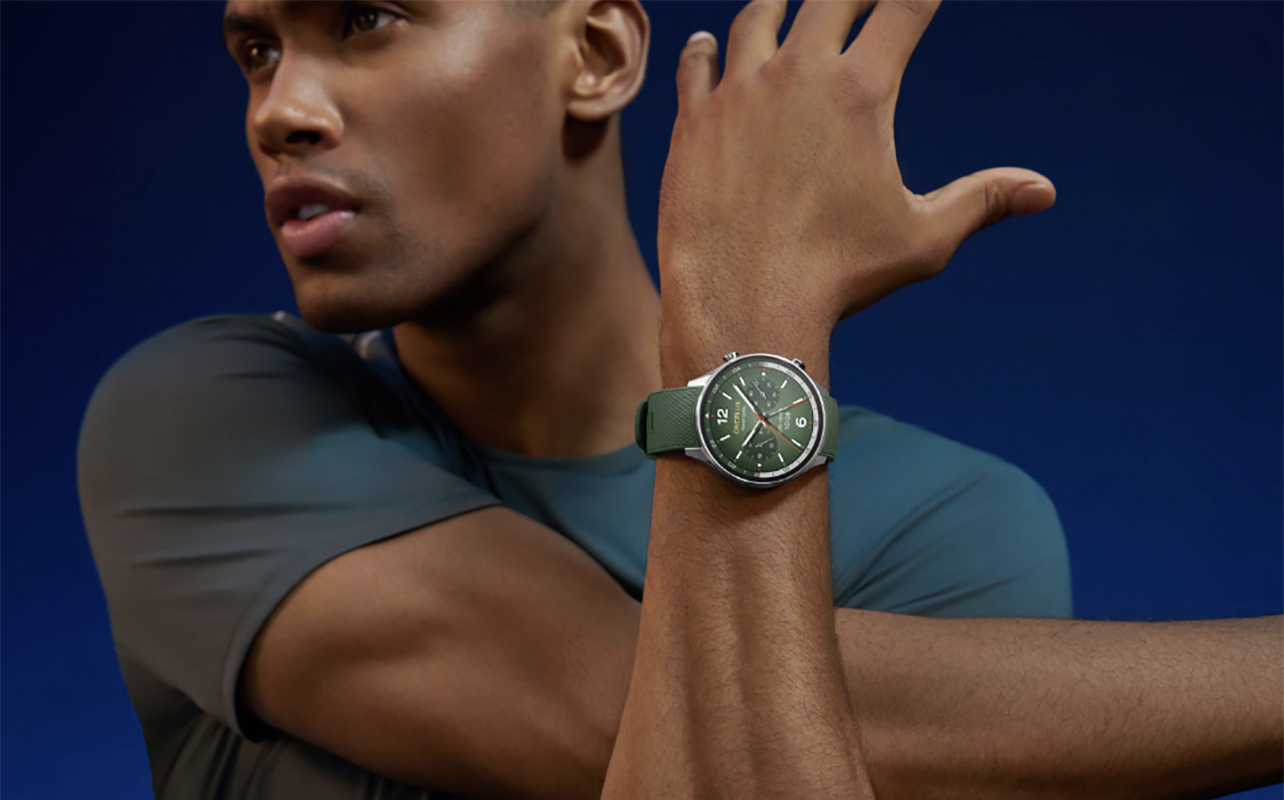
Here’s a quick comparison of some of the top running watch brands. Keep in mind that some key features may vary depending on the model.
| Brand | App | Key features for runners | Best for |
| Garmin | Garmin Connect | GPS, Pace, Distance, HR, Advanced metrics, Adaptive training plans | Casual runners, trail runners, interval/speed runners, competitive runners |
| Apple Watch | Apple Fitness, Apple Health | Track running, pace, distance, custom workouts, offline maps, Apple Fitness+ run workouts (with subscription) | Casual/tech-focused runners |
| Samsung | Wear OS | GPS, heart rate monitoring, pace, distance, custom workouts, body composition analysis, offline maps (select models), good battery life | Casual/tech-focused runners |
| Wear OS | Workout builder, interval runs, haptic feedback, audio guidance, form analysis, daily run recommendations (with subscription) | Interval runners, trail runners | |
| Fitbit | Fitbit App (Google Login) | Simple operation, intuitive app, advanced health data (with subscription), accurate HR tracking, good battery life | Beginner runners, casual runners |
| COROS | Coros App | Dual-frequency GPS, lightweight design, breadcrumb navigation, extended battery life | Marathon runners, interval/speed runners |
| Suunto | Suunto App | Offline maps, extended battery life, dual-band GPS, quality design | Travelling runners, trail runners |
| OnePlus | OHealth | Long battery life, fast charging, lightweight design (OnePlus Watch 2R model), durable, Strava and Spotify compatibility | Beginner runners, casual runners, marathon runners |
Budget and pricing guide
Running watches are available at a variety of price points to suit every budget.
- Affordable (<$200): These are ideal for beginners and casual runners. They will have the basics along with potentially a few add-ons as well.
- Mid-range ($200–$400): Suitable for most runners, mid-range running watches usually come with durable housings, bright screens, and plenty of add-on features.
- Premium ($400+): Designed for trail and competitive runners, premium watches come with the most advanced features. While they’re more expensive, they’re a great investment for those who want top-tier performance and capabilities.
Tips for buying the right running watch

Now that you’re informed about running watches, their features, and what to look for, here are a few final tips to guide you in the right direction.
Prioritize features based on your running style
First, consider your running routine and goals. Whether you’re doing a few laps around the track, hitting the trails, or training for a 5K or 10K, your needs will vary. Narrow down the choices based on the type of running style you have and your goals—whether that’s improving speed, endurance, and pace or simply tracking your daily runs for health and wellness.
Look for models with good app integration for post-run analysis
Many running watches offer built-in apps to track runs and advanced metrics. However, if you already use a third-party app you love, confirm compatibility so you can continue to log your runs using your favourite app.
Check compatibility with smartphones and other devices
Not all smartwatches work with every phone. Newer models may require an updated operating system (from the last five years or so). Some smartwatches are brand-specific, like the Apple Watch, which only works with iPhones. Samsung Galaxy Watches can technically work with other Android devices, but you’ll get the most out of one if you own a Samsung Galaxy phone. The OHealth app necessary for tracking data from a OnePlus smartwatch, meanwhile, isn’t available for iPhone so they only work with Android devices. Make sure the watch is compatible with your phone before making a choice.
Consider trying a demo or reading user reviews
If you can, visit a store like Best Buy to try out the watch. You’ll get a sense of how it feels on your wrist, how the screen looks, and how easy it is to navigate. Straps are often interchangeable, so you can still get the fit you prefer. If trying it in person isn’t an option, read user reviews (or check out our blogger reviews!) to see what people like and don’t like about specific models.
Frequently asked questions

What’s the difference between a fitness tracker and a running watch?
Wondering about a fitness tracker vs. a smartwatch? A fitness tracker is typically a wristworn device (though there are technically trackers you can wear other ways, like smart rings) that has a thin, rectangular screen showing basics like workouts and even incoming calls or notifications. Some don’t even have screens at all. Most of the data is viewable in the companion app after your workout. By contrast, a running watch takes on the smartwatch form. They are, in essence, a sub-category of smartwatches that have features specific for runners. They can display data on the watch’s round, square, or squircle screen as well as in the app. They are higher-powered and more feature-rich than fitness trackers.
Can I use a smartwatch without a smartphone?
Yes, you can use a smartwatch without having your phone nearby. However, you’ll need a smartphone or tablet for initial setup and pairing. Once paired, you can leave your phone behind while the watch tracks your activity. It will sync with your phone the next time you connect. Some smartwatches also offer cellular connectivity (with a monthly fee), allowing you to make calls, send messages, access apps, and sync data directly from the watch.
Can I use a smartwatch for other sports besides running?
Absolutely! Running is just one of many pre-programmed workouts on most smartwatches. Other common options include walking, strength training, cardio, rowing, HIIT, boxing, and even unique activities like gardening, skateboarding, or video games. Many smartwatches offer 20+ workout modes, and some support over 120 different types. Most smartwatches also have a “Workout” or “Freestyle Workout” mode you can use as a catch-all if the specific workout you’re doing isn’t on the list.
How accurate is wrist-based heart rate monitoring?
Purists will advise that a chest-based heart monitor is always best. But the latest premium smartwatches boast drastically improved heart rate monitoring technology. For example, Google says the Pixel Watch 3 offers the most accurate heart rate tracking for runners of all its smartwatches to date, while the Apple Watch Series 9 and beyond have a more advanced heart rate sensor that can even detect the possibility of sleep apnea. Bottom line: you’ll get fairly accurate heart rate tracking with the top smartwatches from the most premium brands.
Do all smartwatches support third-party apps?
No, not all smartwatches support access to third-party apps. Some, in fact, are even limited to only the company’s own apps. If you use third-party apps for running or other activities, verify compatibility before making your decision. However, if a smartwatch supports third-party apps, chances are the list includes the most popular running apps.
Find the right running watch for you

A running watch is essential not just for tracking your runs—distance, pace, and heart rate—but also for ensuring your safety with location and route tracking. It’s a great tool for both monitoring progress and staying safe. Don’t forget about other useful features, like app compatibility for things like maps, music, or third-party running apps, compatibility with your phone, and budget. There’s something for everyone, whether you’re a casual runner, a beginner, or a marathoner.
For more guidance on picking the perfect running smartwatch, check out our tips on choosing beginner-friendly watches and features tailored to women and trail runners.
Take the leap and explore all the great running watches available at Best Buy.





